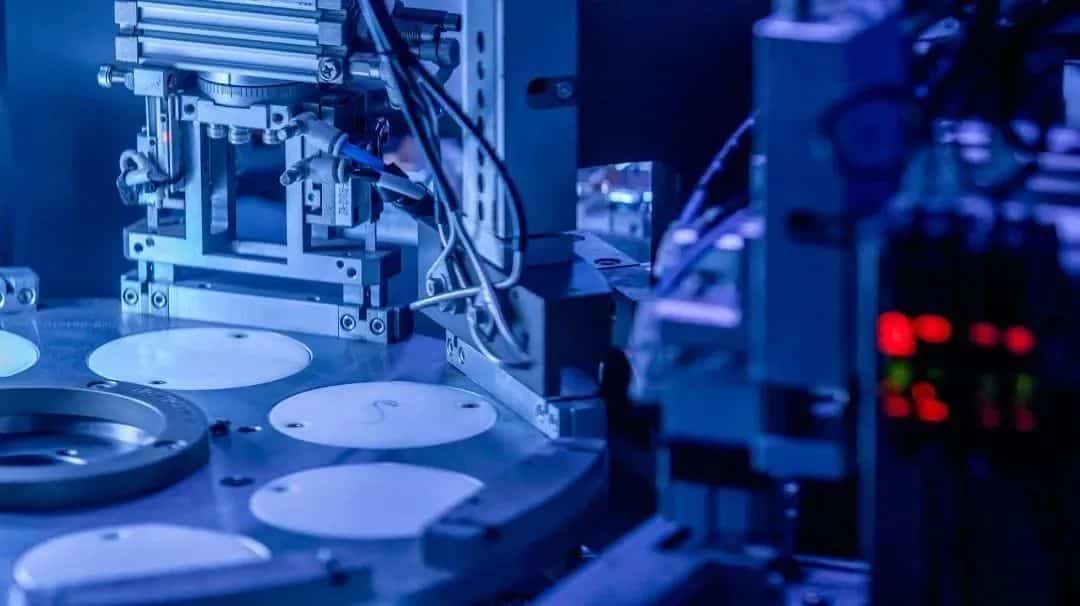Table of Contents |
Variable Frequency Drives (VFDs), also known as adjustable frequency drives or VFD inverters, stand as essential elements in the advancement of modern-day technology. These devices play a pivotal role in the control and operation of electric motors by offering an unmatched ability to manage motor speed and torque efficiently. The role of VFDs extends across various industries, which highlights their significance in optimizing energy usage and enhancing the performance of motor-driven systems.
What Is A VFD?
Variable Frequency Drives represent a transformative technology in motor control. To start with, a VFD is an electronic system designed to vary the frequency and voltage of the power supplied to an electric motor. This alteration ability of the VFDs enables the precise regulation of the motor’s operational speed and power, thus playing a key role in increasing efficiency and control in various applications.
Here are the different components of a VFD that make this possible:
- Input Converter (rectifier): This initial stage converts incoming AC power into DC, setting the stage for modulation.
- DC Bus (filter): Acting as a junction, it holds the converted DC power, stabilizing it for the next phase.
- Output Inverter: Here, the DC is skillfully converted back into AC, but with adjustable frequency and voltage to suit specific motor needs.
VFDs are segmented based on several criteria, including but not limited to:
- Voltage Classification: They range from low to high voltage to let you deal with different power requirements.
- Application-Specific Designs: These designs ensure optimal compatibility and performance, tailored for distinct industrial or commercial uses.
How Does A VFD Work?
But you might wonder how a VFD works.
Here are the different stages in its working:
- Power Input Stage (Rectification): As the AC power enters the VFD, it undergoes rectification. This process converts the alternating current (AC) into direct current (DC), preparing it for the next crucial phase.
- DC Intermediate Stage: This stage serves as a critical intermediary. It acts as a reservoir, storing the DC power and ensuring its stability, which is vital for the precise control that follows.
- Inverter Stage (DC to AC Conversion): The core of a VFD functionality lies here. The stabilized DC power is converted back to AC. However, this is not just a simple reversal. The frequency and voltage of this AC are carefully controlled and tailored to meet the exact requirements of the motor it is destined to power.
- Modulation Technique: Precision is achieved in the modulation phase. This technique finely tunes the output, adjusting the waveform of the current to match the motor’s optimal operating conditions.
- Output Stage: The modified AC power, now ready, is delivered to the motor. This stage is where the VFD enables the motor to operate at the desired speed and efficiency.
- Feedback and Control Loop: No system is complete without feedback. The VFD continuously monitors the motor’s performance, adjusting its outputs in real time to maintain optimal efficiency and performance.
Through these stages, a VFD orchestrates the control of an electric motor with precision and efficiency, playing a pivotal role in modern motor-driven systems.
Advantages and Limitations of Using VFDs
VFDs offer a wide range of advantages that significantly enhance motor operation. These advantages include:
- Energy Efficiency: One of the standout benefits of VFDs lies in their ability to drastically reduce energy consumption. By adjusting motor speeds to match the actual demand, they avoid the electricity cost associated with running motors at full speed unnecessarily.
- Enhanced Control: VFDs allow for precise control over motor speed, torque, and overall performance. This level of control is invaluable in applications requiring fine-tuned operational parameters.
- Extended Equipment Life: Controlling the motor’s operating parameters also reduces the wear and tear of VFD, thereby extending the lifespan of the motor and associated machinery.
Other than that, improved productivity, increased reliability, and cost savings in the long run are also some of the benefits of using the frequency converter.
Despite these benefits, VFDs also present certain limitations and challenges:
- Initial Cost and Complexity: The upfront cost and complexity of installing a VFD system are usually higher compared to traditional motor control methods. However, advancements in technology may lead to more affordable options.
- Maintenance and Technical Expertise: VFDs require regular maintenance and a certain level of technical expertise for operation and troubleshooting. Routine inspections and preventive maintenance schedules can help mitigate potential issues.
- Electromagnetic Interference (EMI): VFDs can generate electromagnetic interference, potentially affecting nearby electronic equipment. Proper installation techniques, such as adequate grounding and shielding, can help minimize EMI issues. Additionally, selecting VFDs with built-in EMI filters or purchasing external filters can further mitigate interference risks.
Conclusion
Variable Frequency Drives are a cornerstone in modern industrial and technological advancements, offering unparalleled control over electric motors. They efficiently manage motor speed and torque, leading to significant energy savings, enhanced operational control, and extended equipment lifespan. VFDs like CHINT NVF2G Inverter, a high-efficiency, open-loop vector inverter, exemplify CHINT’s innovation in motor control technology. Known for its high starting torque, the NVF2G Inverter is designed for precise motor operation control, aligning with the needs of modern motor-driven systems for energy savings and optimal performance. Its advanced features and reliable performance make it an excellent choice for industrial applications seeking to enhance efficiency and control.














